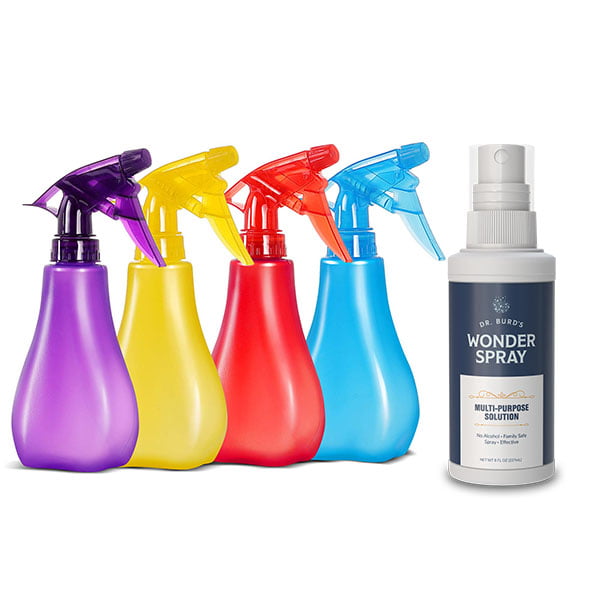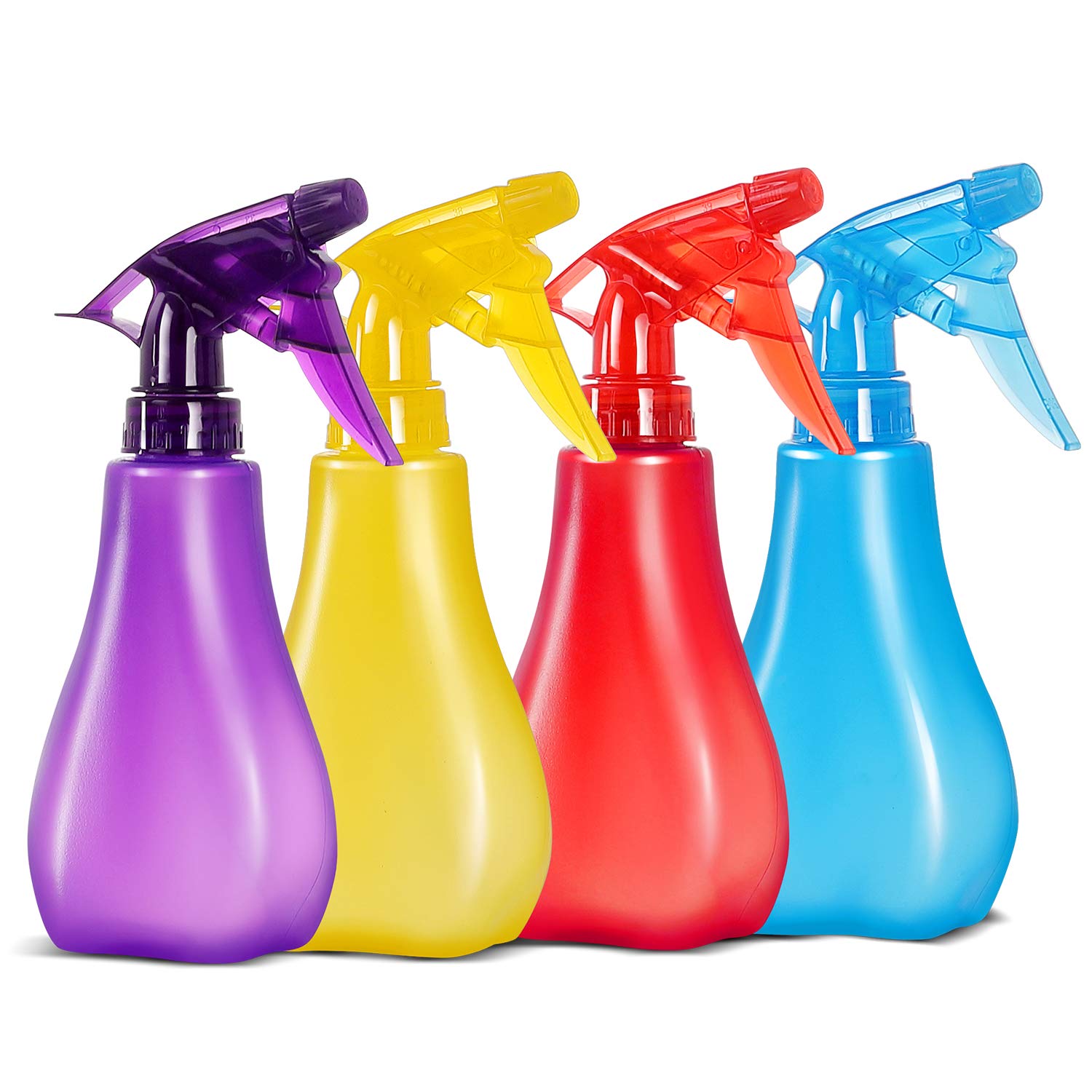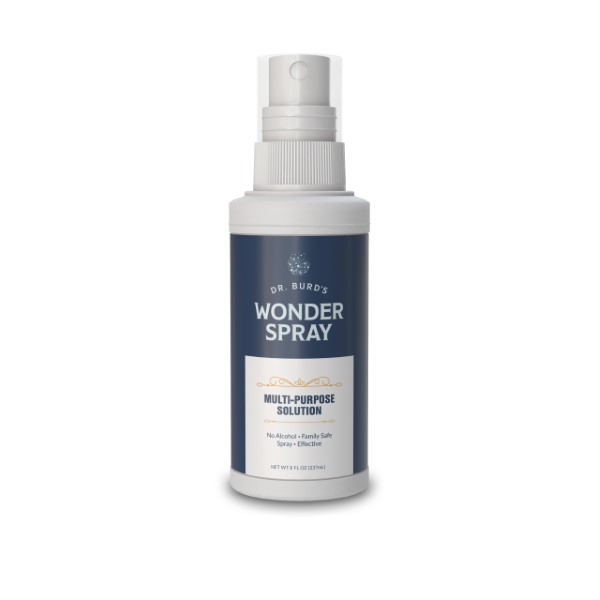This time I am presenting in front of you all the relation of colour with child psychology.
I hope that this article would be appreciated by every reader.
Colour is the bright site of childhood. Children love all types of colours and give an instant respond on it. However children’s response differs from adults’ reaction. If you are to communicate with children, colour should become your ally. But you need to use the colour language correctly. Children use limited palette, which becomes wider as they grow up.
Colour is the first characteristic, which children can distinguish. All of us have heard that children perceive only black and white colours (light and darkness). Young parents often paint nursery black-and-white, buy black-and-white toys and other stuff. But in the period from six weeks to two months the situation undergoes radical changes. First children start to distinguish red colour. Later they start to perceive other bright colours, and yellow among them.
Little children are attracted to bright colours. Numerous academic researches show that age children’s preferences change. Many children under 10 call red (or pink) and yellow their favourite colours. But having grown above ten they start preferring blue. We consider it to be with the process of growing up and appearance of ability to perceive different hues of mood.
Colour preferences are closely connected with the gender. Numerous researches show that most little girls prefer pink, lavender or violet. Little boys like black and other dark colours more than girls. The question has arisen if those preferences are innate or acquired. Adults accustom little girls and boys to like certain colours choosing their clothes and toys. It’s hard to give the exact answer but we are inclined to consider colour preferences to be innate. It’s a difficult problem to be solved in future.
Do toys manufacturers know about it? Walk about toy department – you’ll see that they are quite well aware of children’s’ colour preferences and use the colour to attract children’s attention and sell their products, as company working for adults, they use the same strategies – colour characteristics of the trade mark, emphasizing certain features with the help of colours.
Speaking about emphasizing certain characteristics by means of colours, gender identification is only one example. If you see some product in bright colourful packaging then the manufacturer wants to affect children and means them to be the target audience. Some parents think that manufacturers too cynically play on children’s feelings. But remember, how many times colour has motivated children to take some positive action.
Colour is the great mean to manipulate children and teenagers. This mean is used differently and it brings different results. Not only sellers and manufacturers use children’s interest towards colours. You also can use it to teach, motivate and inspire new generation.
Colour language and children
First let’s consider how children get acquainted with colours. They learn to distinguish them long before they know the names of colours. The point out right objects, before they are able to say ‘red’, ‘yellow’ or ‘green’. Children learn colours’ names at the age of 2-5. Girls usually memorize colours names earlier than boys. Of course, all children develop differently, as the process of growing up is connected with the state of nervous system.
If you want to help children learn to distinguish colours, try to do so that children learn colours associating them with the subjects of corresponding colour. Here are typical associations, understandable for an average child
Yellow – bananas, lemons, sun
Red – apples, tomatoes
Blue – jeans, sky
Green – peas, grass, leaves
Grey – an elephant
Brown – a bear, tree bark
Researches show, that, for example when you show a blue apple to a child and ask him what it is, it takes him or her more time to recognize it. Sure if you happen to communicate with little children, you know what may happen. A blue apple may seem funny to them. It testifies that a child develops the sense of humour, ability to laugh at clumsy and wrong things.
Once a child learnt to recognize and name colours, it helps him or her to learn new information. Parents always want to teach children safety regulations. We discovered that emphasizing certain qualities by means of colour helps children to remember what is dangerous. Remember that human’s eye notices combination of yellow and black, and brain automatically perceives this as a sign of danger. Use these colours to mark the things, which you don’t want your children to play with. You may also mark those rooms in your house, in which your children mustn’t go, which are dangerous – like stairs or cellar. When your children grow, you still can use colours for teaching them. Certain researches showed that children with attention problems cope with the task better when stimulated with colours. Improvement was as significant as when using drugs. It means the colour can be used in medicine.
Colour can also be used in food if your child doesn’t like to eat same boring dull food.










